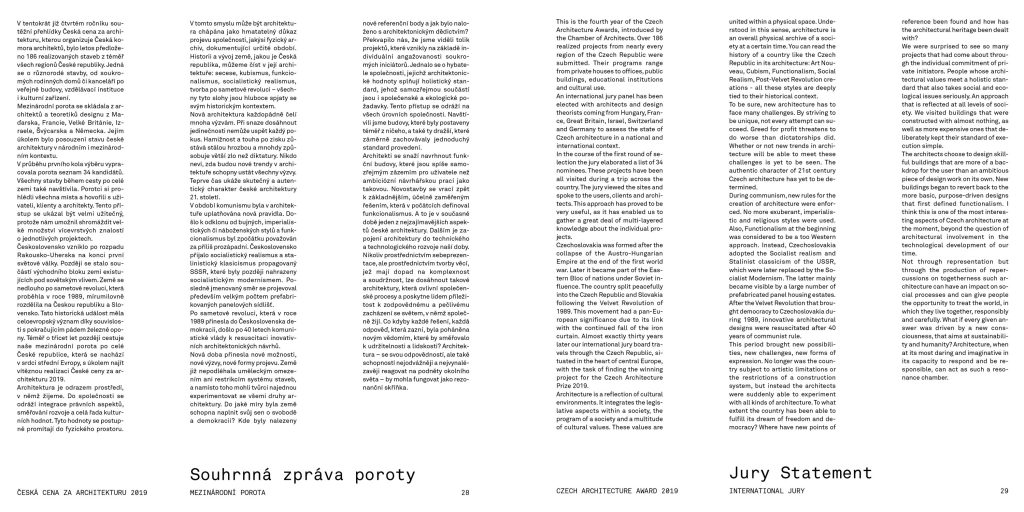Position: The dense City
What could be a model?
Berlin as metropolis of nature. An Archipelago of different city islands of high density. Dialogue between densification and ‘landscapization’ with clear boundaries. Coexistence of urbanity and natural space.
Ongoing research on the city model Common Archipelagos.
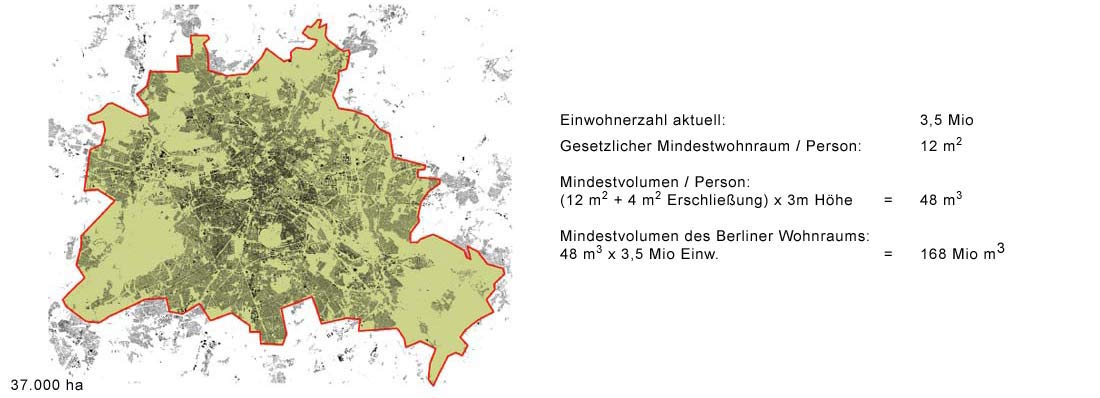
Berlin, built-up area (black) / Determination of a hypothetical minimum volume for the entire housing space of the city
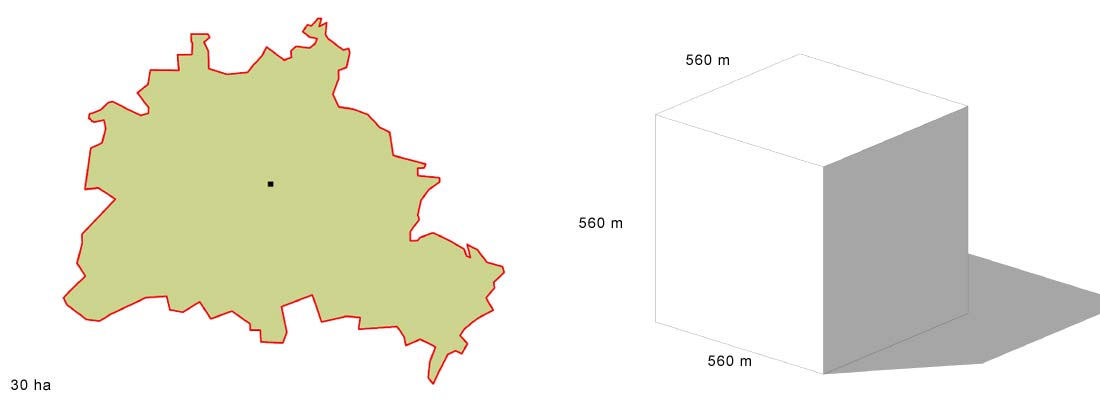
If the minimum volume was a cube, each side would measure 560 m and its footprint would be 30 ha

Typical volume of a Berlin building block / “Mietskaserne” (tenement blocks), around 1880
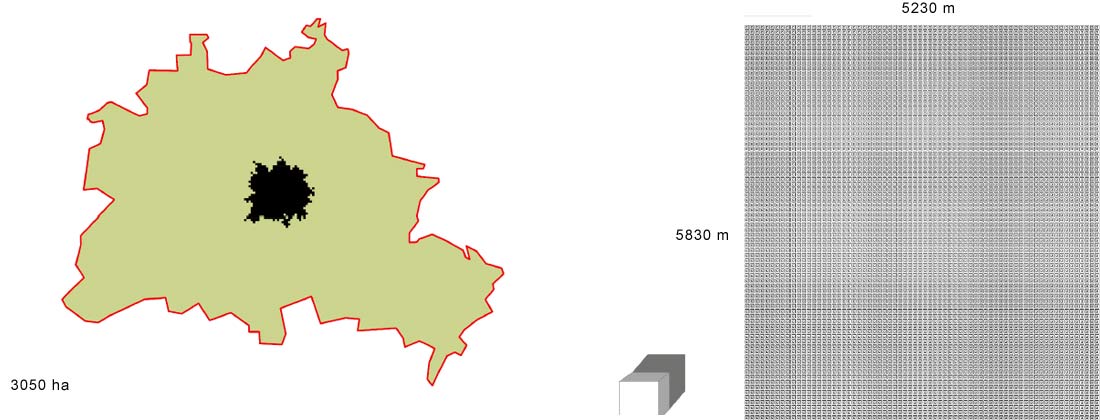
Distributing the minimum volume on blocks, 55 m wide and 18 m high / Occupying an area of 3050 ha
CoeLux® is an optical system based on nanotechnology that artificially reproduces the movement
of the sun, the infinite depth of the sky and the associated positive effects of natural light
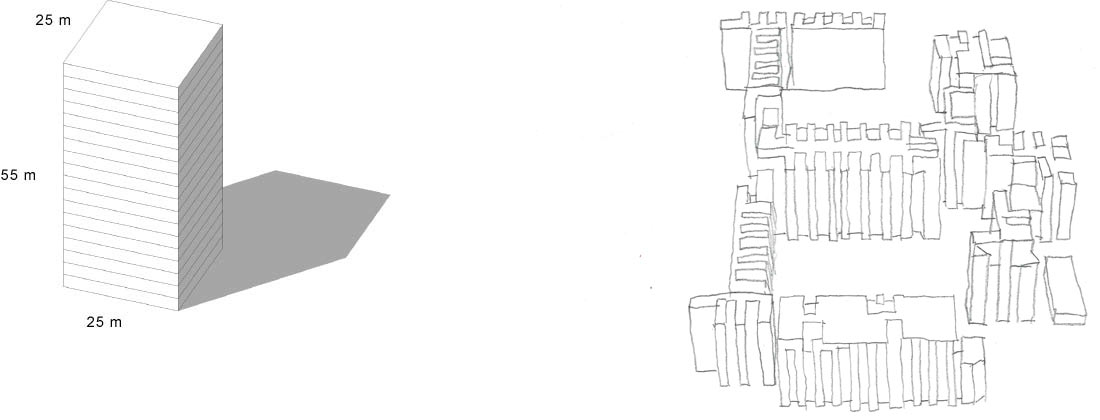
Typical volume of a residential tower of a large housing estate / Example: O.M. Ungers, Märkisches Viertel, around 1964
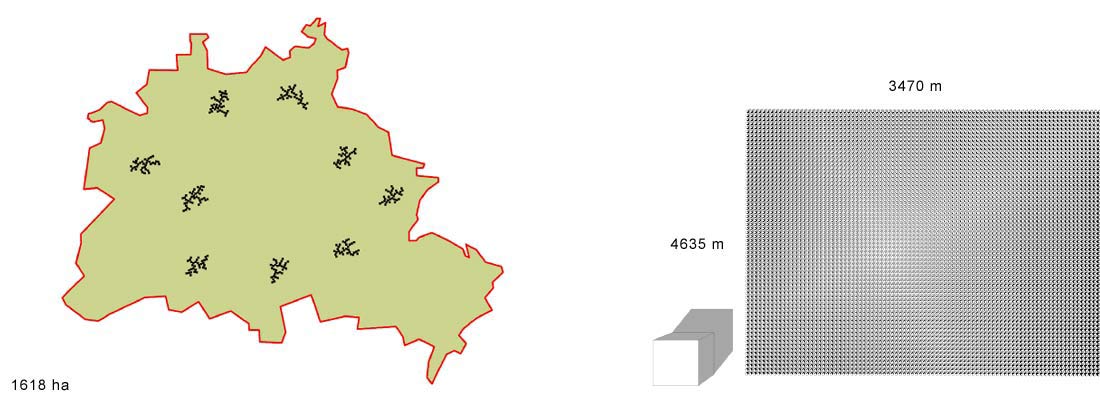
Distribution of the minimum volume on towers with a ground area of 25×25 m and 55 m high / Occupying an area of 1618 ha

Fictitious volume of a large solid
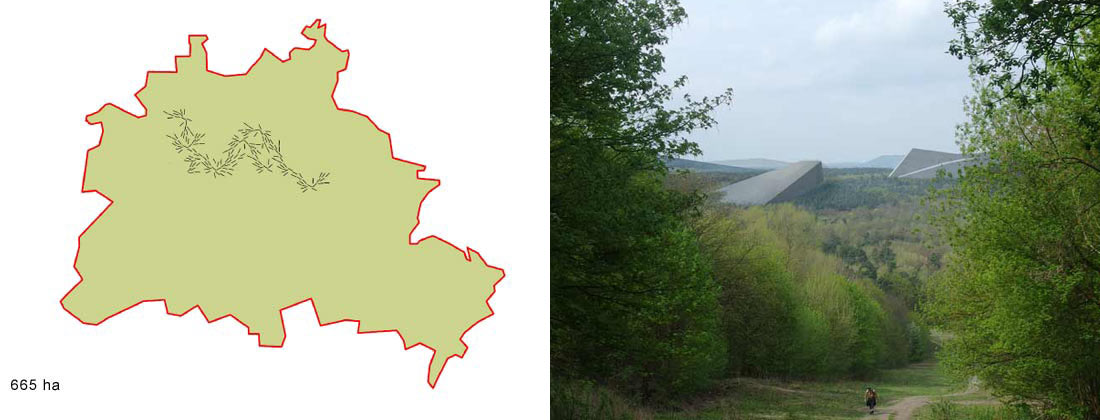
Distribution of the minimum volume on building structures with a ground area of 25 x 500 m and 50 m high
| Program | Dense city - model |
| Status | Study (ongoing research on the city model called Common Archipelagos) |
| Location | Berlin |
| Client | BDA Berlin, Stadtsalon, Claus Käpplinger |
| Services | Program analysis, strategic concept, visualization |
| Date | 2016 |

